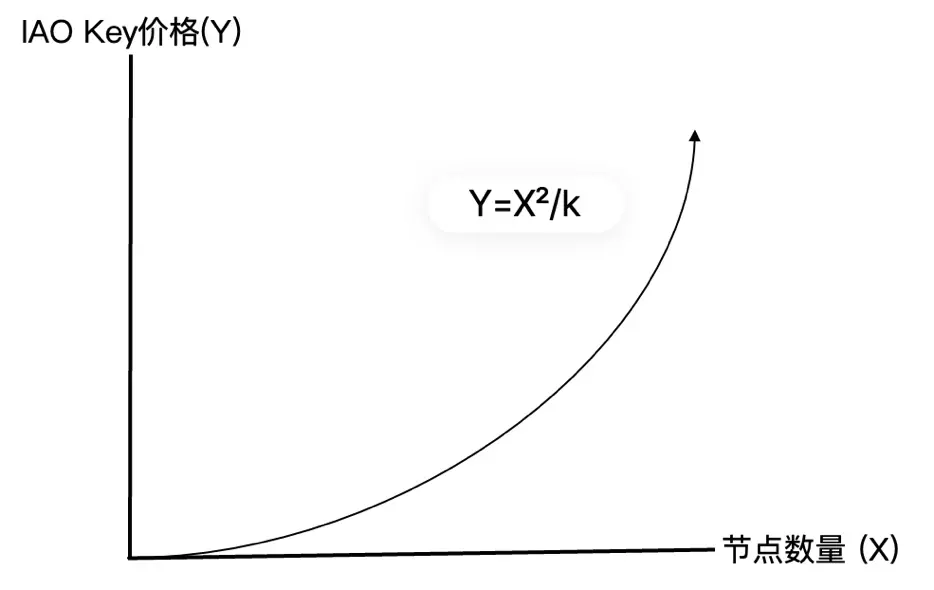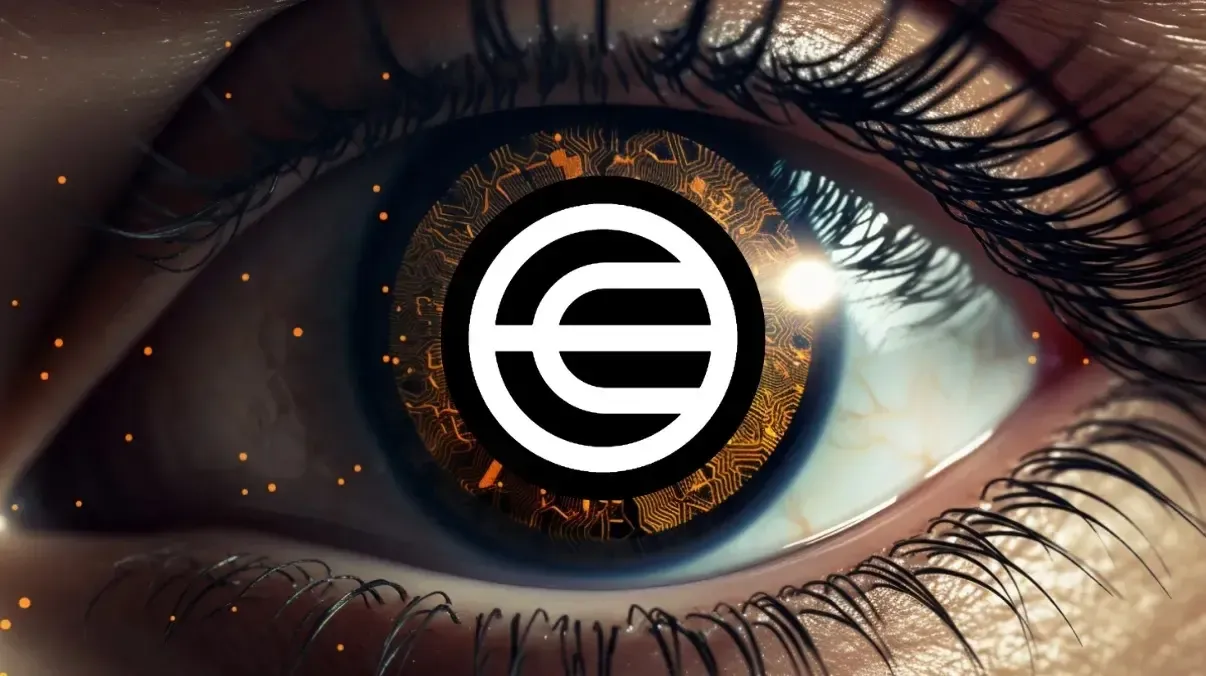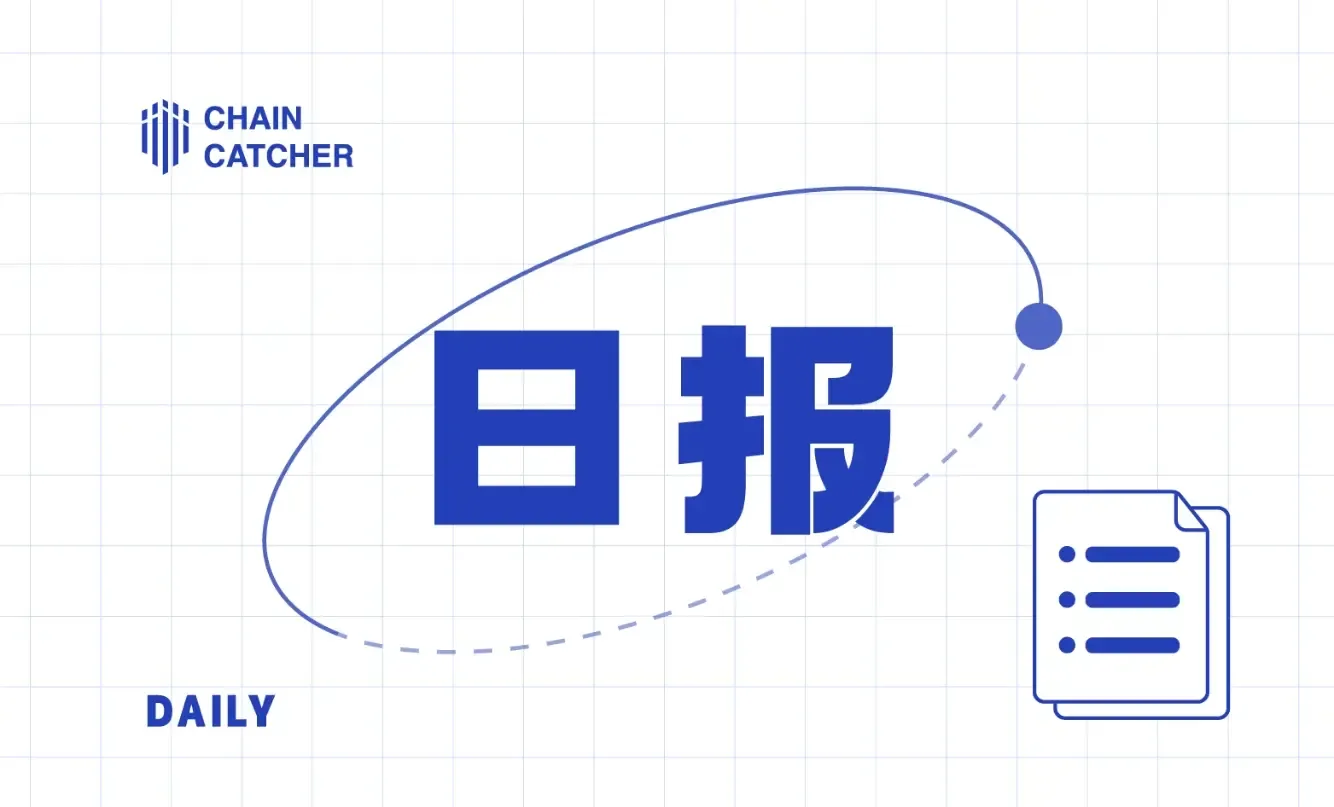Interpretation: Can IAO-Agent also participate in new offerings? Web3 empowers the new AI economy
Author: DeepAI Researcher
In the past year, the field of artificial intelligence (AI) has undergone a tremendous transformation. This article aims to explore the trend of AI agents gradually replacing human labor, and how they are monetizing under the impetus of Web3.0, thus opening a new chapter for the AI new economy.
Key Points:
- With the development of AI, agents are gradually replacing human labor, becoming a new form of AI applications.
- The monetization of agents creates investment value for AI and stimulates new economic models.
- The combination of community and AI brings qualitative changes to ordinary users.
- DeepAI's IAO model provides a new creator economy for the AI market.
Agents Replacing Human Labor
In April 2023, OpenAI's chief scientist strongly advocated for the direction of agent intelligence, and more AI developers and creators are exploring this field. As a container for computing power and models, agents are gradually replacing manual operations.
A year later, at the Sequoia Capital AI Conference in late March 2024, renowned AI scientist Andrew Ng shared the capabilities of agents, stating that the combination of GPT-3.5 with workflows can achieve results comparable to GPT-4. We are still far from AGI, and due to current computing power bottlenecks and cost considerations, agents are currently a more feasible route.
Initial agents are represented by chatbot applications, but more intelligent agents are on the way. With the enhancement of AI large model capabilities, killer app-level applications will emerge on agent platforms. The collaboration of multiple agents can also yield unexpected results, presenting significant opportunities in human-machine social networks.
AI Monetization
Since 2016, Ethereum has initiated a new model, opening the door to a booming bull market. Countless blockchain developers have monetized their ideas, but due to insufficient productivity, it has been challenging to sustain services. Coupled with human malice, the bubble burst in 2018, leading to the failure of most projects.
Starting in 2023, GenAI has become a new variable, with agents replacing human work. AI productivity has significantly leapfrogged, and Web3 empowers production relationships, making blockchain token economies feasible.
Each agent can become a monetized project, with the protagonist shifting from humans to AI entities. Agents as Currency represent the currency of the AI era and are a superior investment choice because they meet key characteristics:
- Strong generative capabilities that meet various needs.
- Continuous and uninterrupted delivery of product services at lower costs.
- Integration with smart contracts to realize code is law, reducing human malice.
The author defines the monetization model of agents as IAO (Initial Agent Offering), which mainly includes the circulation model of agents and the issuance mechanism. This article will explain the principles one by one, emphasizing that circulation in the Web3 open community will be more efficient, and the monetization issuance of agents will help uncover AI value.
Community-Driven Traffic
Since the start of the 2020 crypto bull market, Web3 community culture has become increasingly important. Almost every star project relies on a thriving community, which often spawns multiple scenario-based sub-communities. This is true for public chain ecosystems and the MEME domain, which continuously generate traffic and liquidity.
Compared to traditional organizations, Web3 open communities are more flattened and diversified, making them more attractive. We see the potential for exponential growth, and the source of this viral proliferation is "GenAI," capable of creating agents that meet the diverse needs of different hosts.
Currently, there are hundreds of thousands of Web3 communities on Discord and Telegram, but only a few users are consistently contributing, leading to a lack of quality content and resulting in most communities being inactive, with user attention idly wasted.
If the narrow DePIN model uses hardware for mining to better connect Web3 with reality, then besides hardware, community networks can also share. Community leaders can deploy agents within their communities, sharing AI value with more ordinary people, achieving decentralized circulation of agents, and thus earning protocol rewards. Isn't this a broader DePIN model?
Each agent is a narrative point, whether it’s classical MEME culture or new conceptual hotspots, they can match with Web3 communities. Agents can provide practical value such as customer service, expertise, and gaming, as well as emotional value for the crypto market.
How Agents Appreciate in Value
As described above, the circulation value of agents and the efficiency enhancement from community sharing in the DePIN model raise the question: how can agents be issued more efficiently and sustainably?
For communities to deploy agents and become AI sharing nodes, they need to hold the corresponding agent keys for verification. Based on Metcalfe's Law, the value of a network is proportional to the square of the number of nodes. Therefore, the DeepAI platform adopts a similar model, where the price of agent keys increases proportionally with the square of the number of shared nodes.
DeepAI has pioneered an agent pricing model that quickly filters high-quality agents through collective intelligence and guides corresponding liquidity, adjusting based on market behavior to meet the needs of all participants.

Agent Pricing Formula:
Y=X²/k
Where Y is the price of the agent key, X is the number of shared nodes, and k is a fixed coefficient initially determined by the agent creator. A larger k coefficient means lower operational costs for the creator's agent, making it easier to attract more nodes for deployment.
Participants need to pay with DeepAI tokens to obtain new agent keys, allowing DeepAI to capture the value of the economic model. After purchasing keys, users can sell or transfer them to gain profits, which is a significant attraction for early participants.
Agent keys do not merely serve as speculative investments; they can quickly reveal the value of agents through market transactions. If users do not intend to sell, they can still utilize them in community scenarios. Users do not need to pay to access agent functions; they only need to stake DeepAI tokens to redeem services. The price of agent keys serves as the staking rate, allowing users who purchase lower-priced keys earlier to stake fewer tokens for the same AI services.
Model Innovation
Due to the personalization of demand, agents also exhibit a trend of diversified supply, and the market urgently needs agent platforms to facilitate supply-demand matching. However, with the trend of AI open-source, the lack of intellectual property protection leads to severe homogenization of agents, rendering traditional platform models ineffective, making it difficult for the AI creator economy to be secured.
As noted, DeepAI is committed to enhancing the economic efficiency of agents, and the IAO model has three main advantages:
- Demand Side: Enhancing AI sharing rates based on community network DePIN.
- Circulation Side: The appreciation of agent key prices forms a market for property protection.
- Supply Side: Creators price agents and flexibly adjust earnings.
On the demand side, the advantages of DePIN community sharing are numerous. For example, community leaders are more motivated to deploy intelligent customer service and gaming agents, while ordinary people can open a new world of AI through community MEMEs, learning, entertaining, and collaborating together without the need for cumbersome AI account registrations.
On the circulation side, the dynamic adjustment of agent key prices creates continuity, allowing for reasonable pricing and forming a head effect for agents. Creators who issue high-quality agents earlier will not be squeezed out of profits by later imitators, thus providing protection for agent creators.
On the supply side, creators are responsible for supplying intelligent agents and must bear the costs of AI computing power inference. Their income is based on the proportion of agent service volume to the entire network, sharing in protocol mining rewards. AI creators must be self-sufficient, thus determining the k coefficient of the agent pricing formula, which equates to having the right to issue and price agents.
Throughout the development of the IAO model, we have always believed that price is the most important signal in the market, providing timely feedback to all participants, adjusting behaviors for optimal outcomes, thus efficiently completing value discovery and achieving balanced interests.
Price Stability
With the flourishing of various tracks in Web3, such as MEME, BRC ecosystems, Layer2, etc., most require the integration of AI narratives to attract more traffic. In this wave, DeepAI's agents can provide AI engine services to meet the needs of various community users, driving the popularity of agent keys.
Unlike human-dependent social models like Friend.Tech, DeepAI agents do not rely on uncontrollable human factors but instead mobilize AI agent services through smart contracts. On one hand, there are no human malice factors; on the other hand, issues like market death spirals do not exist. In extreme market downturns, even without speculative factors, the price of agent keys has intrinsic value anchoring support.
As community users grow and market scale expands, groups discover more high-quality agents to meet a wider variety of needs, driving demand for DeepAI tokens. To maintain staking rates, the tokens become scarce, naturally leading to a stable price increase, further stabilizing the price of agent keys.
Finally, the total supply of DeepAI tokens is fixed, released over 16 years, with an initially low circulation rate, ensuring token price stability and thus maintaining the initial issuance price of agent keys.
AI + Web3 Infrastructure
In traditional token economic models, monetizing products and services, while bringing certain benefits, lacks sustainability because it primarily relies on human labor, which is not stable or reliable. Artificial intelligence is bringing about a paradigm shift.
Agents represent applications of the AI era and are containers for large language models and computing power. They can easily meet user needs while lowering supply thresholds, making everyone a potential AI developer in the future. DeepAI is not only building an AI agent platform but also serves as Web3 infrastructure.
Each community node, while deploying agents, is also validating and filtering the market value of agents. Therefore, through collective intelligence, DeepAI plays a role similar to a blockchain AI oracle, solving the inefficiencies of traditional AI value discovery.
Unlike machine learning model technologies like Bittensor, which validate through technical means, DeepAI validates agent large models through market feedback. On one hand, it filters high-quality agents based on actual demand; on the other hand, it uses market decisions from shared nodes to provide feedback to AI creators, guiding liquidity and achieving efficient matching.
Many interesting agents and Web3 community cultures can match and combine, generating more social currencies, such as GameFi Bots, MEME Bots, etc., which serve as emotional catalysts for the crypto bull market. As analyzed above, as an AI + Web3 infrastructure platform, DeepAI possesses practicality and sustainability.
Early Qualification
DeepAI is a model of Web3 empowering the new AI economy, integrating cutting-edge technology and innovative gameplay. It is currently in product beta testing. How can users obtain early qualifications? There are two ways to do so:
- If you are an individual, obtain an invitation code on Twitter and participate in the weekly MEMEBot competition on DeepAI Discord, where you can create AI agents without coding and gain priority issuance rights.
- If you are a community leader, you can log onto the official website to apply for beta testing cooperation, upgrading to an AI community first, activating free AI bots in group chats, and receiving limited NFT airdrops, which allow participation in IAO new agent offerings.
Conclusion
DeepAI has pioneered the Initial Agent Offering (IAO) model, aiming to monetize agents so that more ordinary people can enjoy the early benefits of AI. The Web3 economic model can more efficiently adjust liquidity, quickly discover high-value agents, and empower the new AI economy.
It is not difficult to predict that in 2024, more communities will upgrade to embrace AI, and Web3 pioneers will have a more forward-thinking awareness, rapidly integrating AI productivity. Based on the DePIN model, the agent network will allow more ordinary people to easily integrate into Web3, which will not only explode in growth within Web3 communities but is also likely to create a trend of going mainstream.










